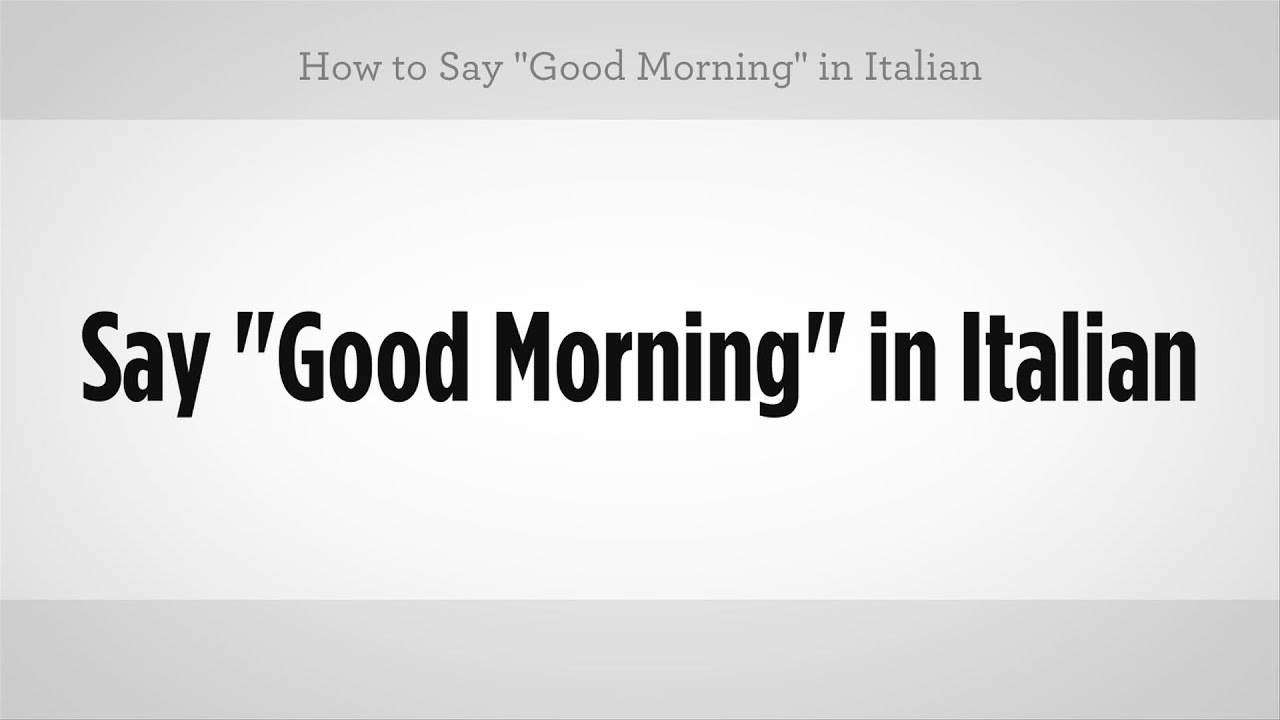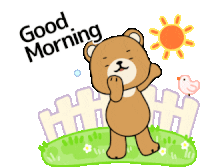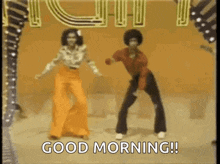how do i say Good Morning in italian

How to Say Good Morning in Italian: A Simple Guide
When it comes to greeting someone in Italian, saying “Good Morning” is a warm and friendly way to start the day. If you’re planning a trip to Italy, learning this simple phrase can enhance your experience and help you connect with locals. In this blog post, we’ll discuss how to say “Good Morning” in Italian, along with a few tips on using it in conversation.
The Italian Phrase for Good Morning
In Italian, “Good Morning” is translated as “Buongiorno.” This word is derived from “buono,” meaning good, and “giorno,” meaning day. It’s a versatile greeting used in various contexts, from casual encounters to more formal situations.
When to Use “Buongiorno”
- Morning Hours: You can use “Buongiorno” typically until around 2 PM. After that, Italians usually switch to “Buon Pomeriggio,” which means “Good Afternoon.”
- Formal and Informal Settings: “Buongiorno” is appropriate for both formal greetings, like when meeting someone for the first time, and informal settings, like when greeting friends or family.
Pronunciation Tips
To pronounce “Buongiorno” correctly, break it down into syllables:
- Buon: Sounds like “bwon” (with a soft “b”).
- Giorno: Sounds like “jor-no,” where “gior” is pronounced like “jor” in “George,” and “no” is pronounced as in English.
Putting it together, it sounds like “bwon-jor-no.”
Expanding Your Italian Greetings
While “Buongiorno” is a great start, you might want to expand your Italian vocabulary. Here are a few related phrases:
- “Buonasera”: Good Evening (used after 5 PM)
- “Buonanotte”: Good Night (used before going to bed)
- “Ciao”: Hi/Bye (informal greeting and farewell)
Conclusion
Now that you know how to say “Good Morning” in Italian, you’re one step closer to fluently greeting your friends and acquaintances in Italy. Remember, a warm “Buongiorno” can make a significant impact and brighten someone’s day. For more tips on greetings and other useful phrases in Italian, visit GoodMorningWishes.net for updates and resources.
Feel free to practice this phrase and don’t hesitate to sprinkle your conversations with a bit of Italian flair! Happy learning and Buongiorno!














